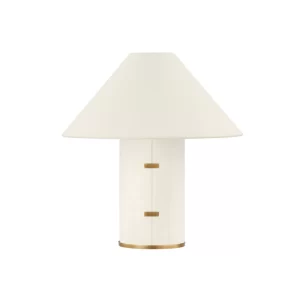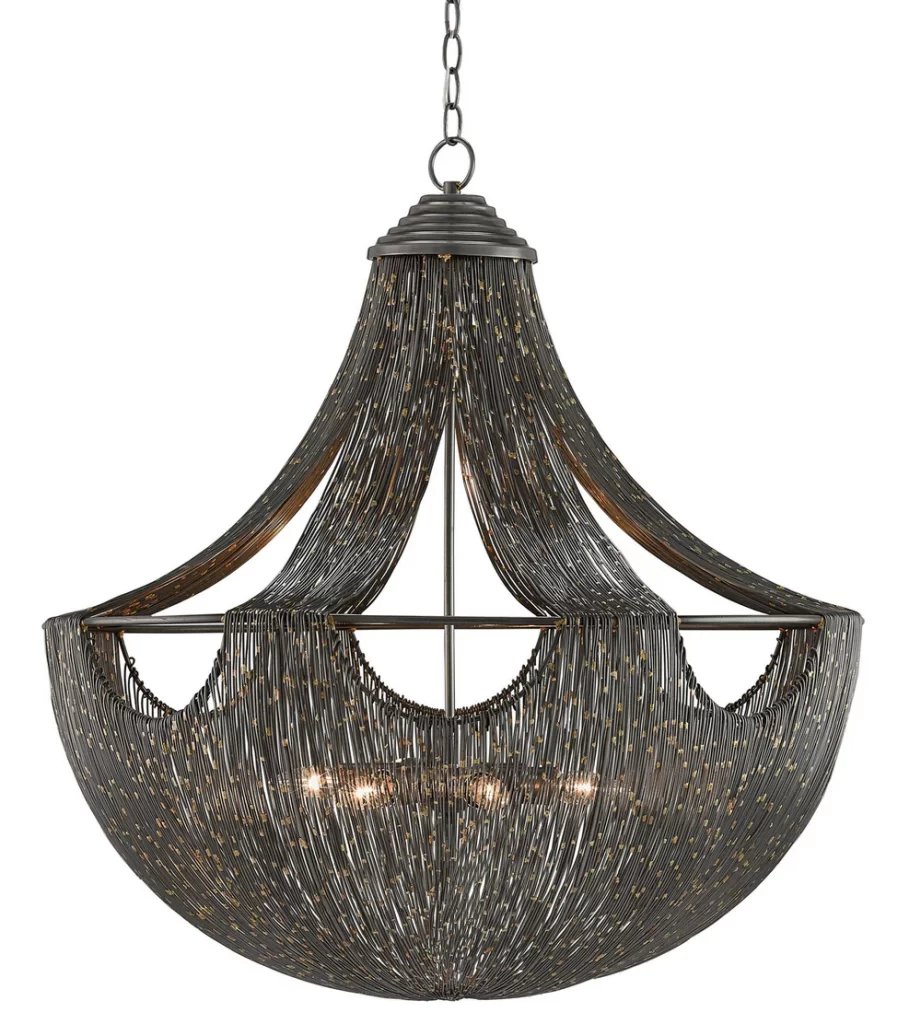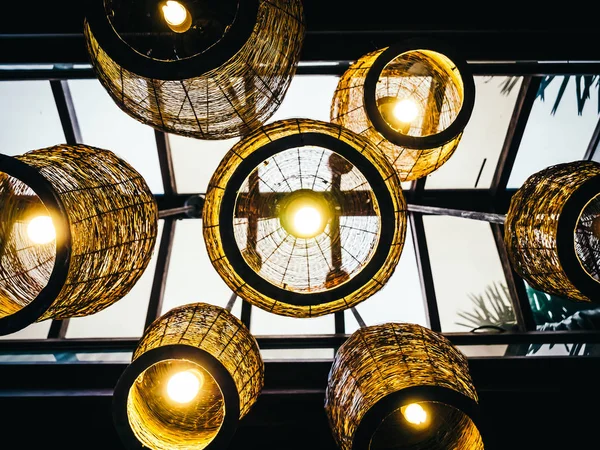Selecting the perfect light fixture for a child’s room is more than just a matter of aesthetics; it’s about creating a space that is safe, functional, and conducive to your child’s growth and development. The right Lighting can influence your child’s mood, support their activities, and even help establish a comforting bedtime routine. In this article, we will explore the key factors to consider when choosing a light fixture for a child’s room.
Safety First

When choosing a light fixture for a child’s room, safety should be your top priority. Children are naturally curious, and their rooms are spaces where they play, explore, and sometimes get a bit rough. Here are some safety considerations:
- Shatterproof Materials: Opt for light fixtures made from durable, shatterproof materials. Glass fixtures, while elegant, pose a risk of breaking, which could lead to accidents. Consider fixtures made from plastic or resin, which are less likely to break.
- Secure Installation: Ensure that the light fixture is securely installed and out of reach of small hands. Ceiling-mounted fixtures or wall sconces are great options to prevent accidents.
- Temperature Control: Avoid bulbs and fixtures that get too hot to touch. LED lights are an excellent choice as they produce less heat and are energy-efficient, reducing the risk of burns and lowering energy costs.
Functionality and Versatility

Children’s rooms are multifunctional spaces where they sleep, play, and study. The lighting in these rooms should be versatile enough to accommodate all these activities. Consider incorporating different types of lighting to meet various needs:
- Ambient Lighting: This is the general lighting that provides overall illumination for the room. A ceiling fixture, such as a pendant light or a flush mount, is ideal for providing ambient light. Make sure the fixture distributes light evenly throughout the room, avoiding harsh shadows.
- Task Lighting: For activities such as reading, drawing, or homework, task lighting is essential. A desk lamp or a wall-mounted reading light near the bed can provide focused light where it’s needed most. Consider adjustable lamps that can be directed as needed.
- Night Lights: Many children feel comforted by a soft light during the night. A night light with a dim glow can help ease nighttime fears without disrupting sleep. Look for models with adjustable brightness or automatic timers.
Design and Aesthetics
The design of the light fixture should complement the overall theme of the room while being age-appropriate. Since children’s tastes evolve rapidly, it’s wise to choose fixtures that can grow with them:
- Neutral or Timeless Designs: Instead of opting for fixtures with cartoon characters or other fleeting interests, consider designs that are neutral or timeless. Fixtures with simple shapes, soft colors, or nature-inspired designs can appeal to children of different ages.
- Interactive Elements: Some light fixtures come with interactive elements, such as adjustable colors or shapes that can be changed. These can add a fun, engaging element to the room.
- Size and Scale: Ensure the size of the fixture matches the scale of the room. A large chandelier might overwhelm a small room, while a tiny pendant light might not provide enough illumination. Balance is key.
Energy Efficiency
Energy efficiency is another important factor to consider. Choosing energy-efficient bulbs, such as LEDs, can significantly reduce energy consumption and lower your electricity bills. Additionally, LED bulbs last longer, reducing the frequency of replacements and maintenance.
Final Thoughts
Choosing the right light fixture for a child’s room requires careful consideration of safety, functionality, and design. By selecting a fixture that meets these criteria, you create a nurturing environment that supports your child’s well-being and growth. Whether you opt for a playful design or a more classic approach, the right lighting can make all the difference in creating a room where your child feels safe, happy, and inspired.

